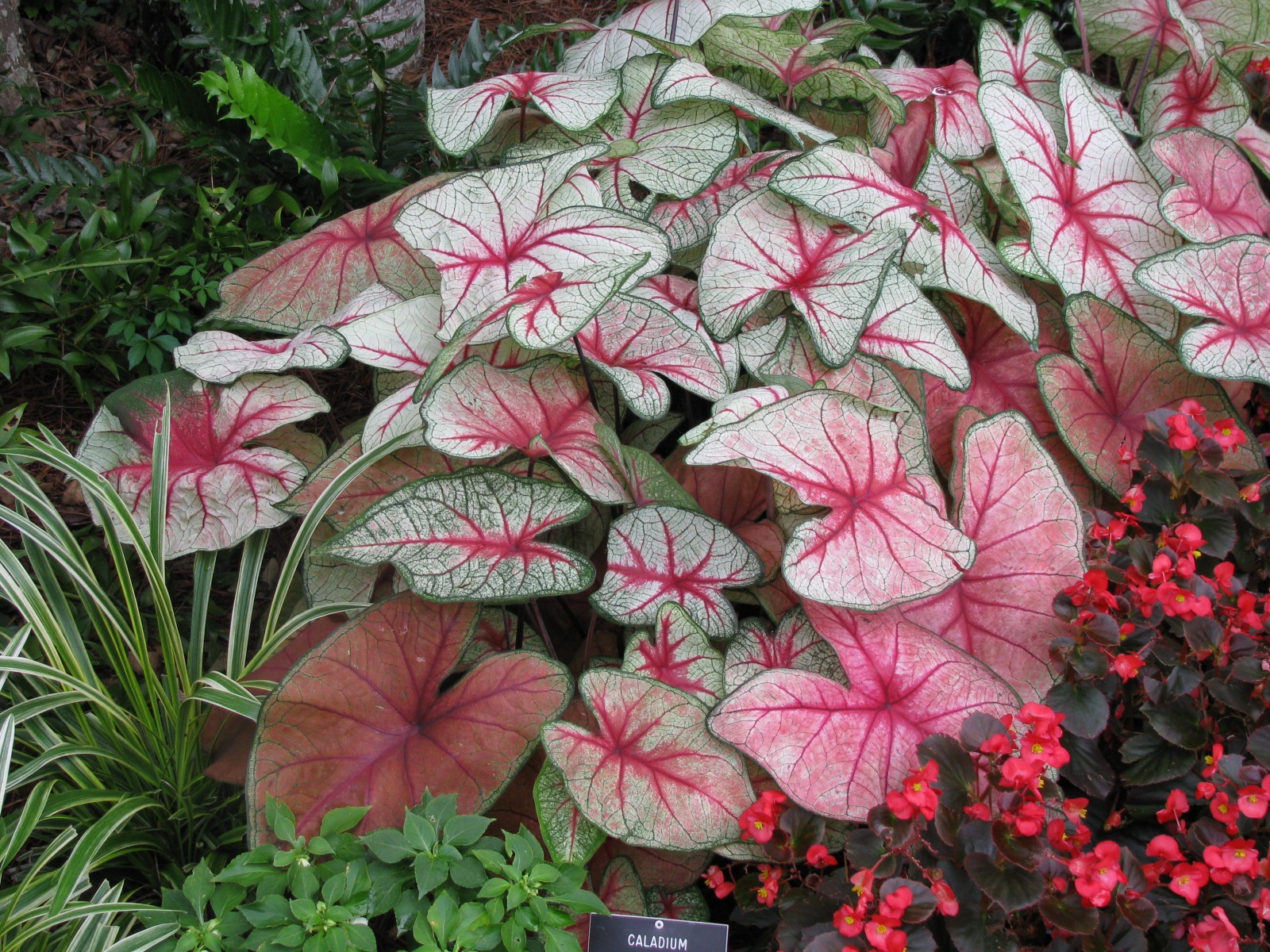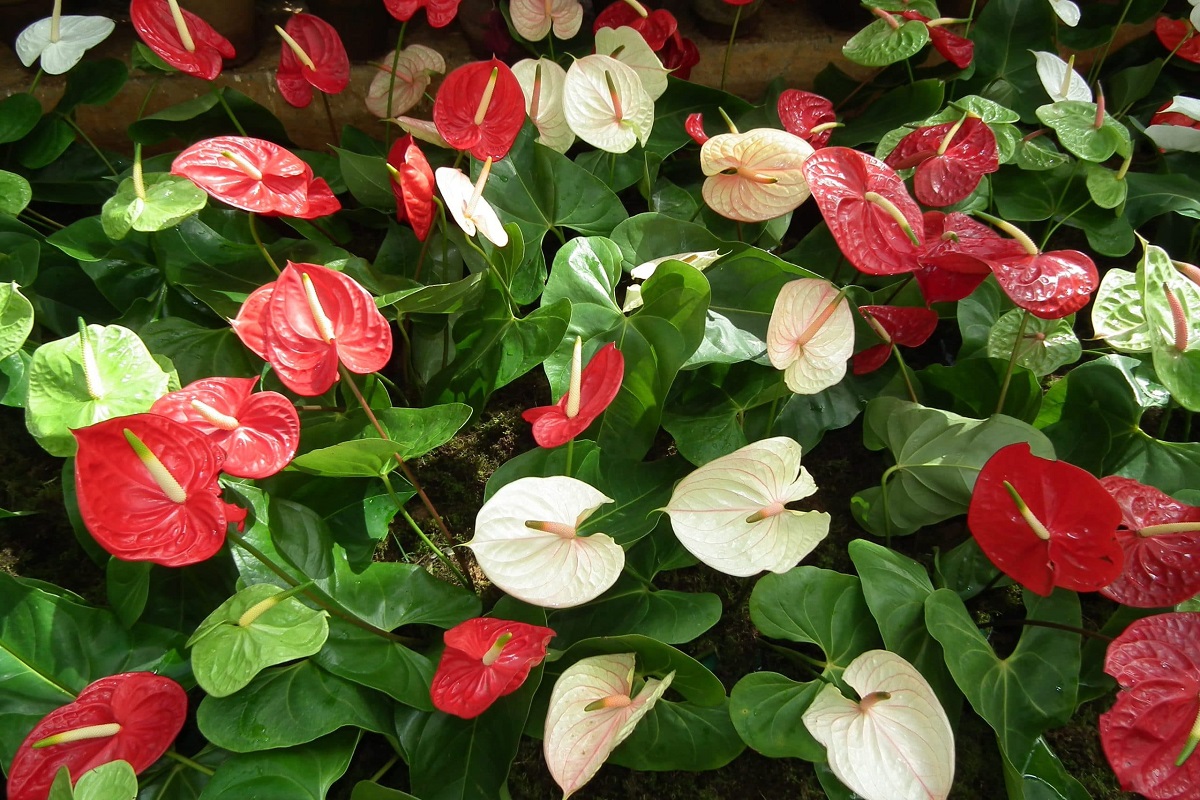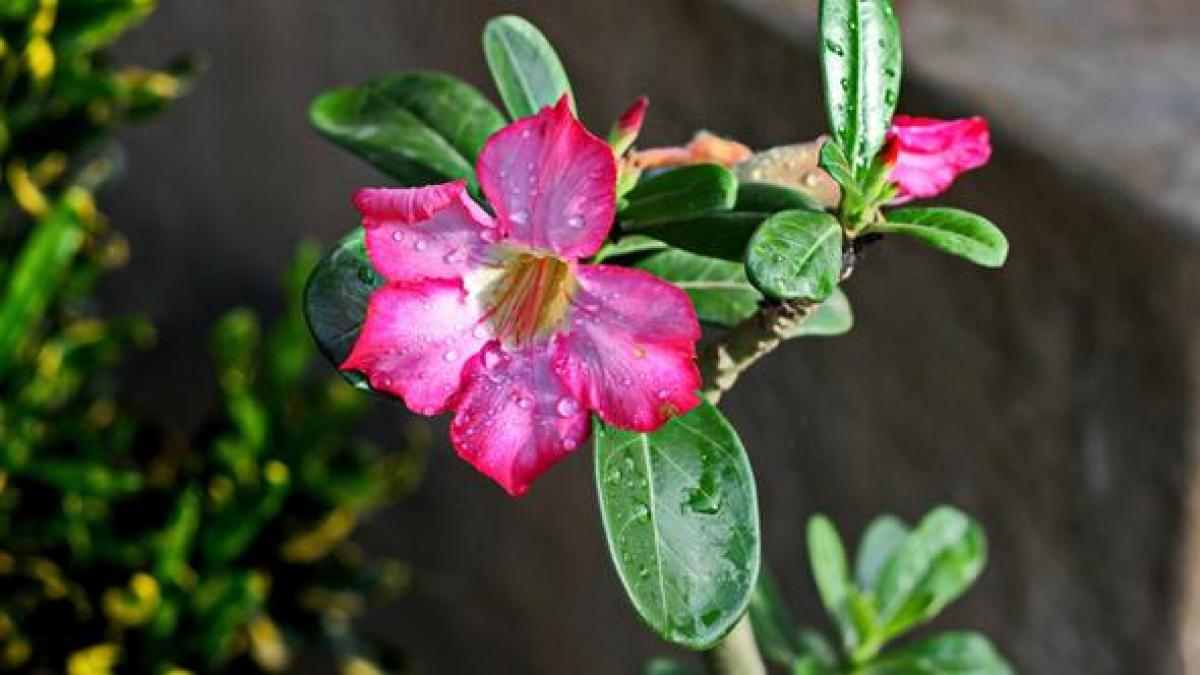
A poisonous plant is a plant that produces toxic substances that can be harmful to living things that come into contact with them. These substances can be present in different parts of the plant, such as leaves, flowers, fruits, roots, stems, and even pollen. There are different poisonous plants common that we can often find and that many people do not know how to identify.
For this reason, we are going to dedicate this article to telling you which are the main common poisonous plants that exist, their characteristics and how to identify them.
common poisonous plants

Poisonous plants are a concern for both humans and animals. Some people may be more sensitive than others to poisons present in plants, which can lead to an allergic reaction or even serious illness or death in extreme cases. Animals can also suffer from the effects of poisonous plants, especially if they eat any part of the plant.
It is important to note that not all poisonous plants are equally dangerous. Some can cause skin irritation, while others can be deadly in very small doses. Also, some poisonous plants can be easily identified by their physical characteristics, spine-like or brightly colored, while others may appear harmless to the naked eye.
To avoid problems with poisonous plants, it is important to educate yourself about which plants are poisonous and take preventative measures when necessary. Some measures may include wearing gloves when handling plants, supervising children when in contact with unfamiliar plants, and avoiding consumption of wild plants unless they are known to be safe and edible.
In general, it is important to respect the plants and take preventive measures to avoid problems with poisonous plants. With a little caution and knowledge, nature can be enjoyed safely and healthily.
Common poisonous plant species

There are many different poisonous plants around the world, some more dangerous than others. Below I will mention some of the common poisonous plants and their characteristics:
- Castor bean (Ricinus communis): Castor bean is a common plant in warm climates that is used in the production of castor oil. However, all parts of the plant contain ricin, a toxic substance that can cause gastrointestinal problems, seizures, and even death in large amounts.
- Mistletoe (Viscum album): Mistletoe is a plant that grows on trees and is associated with Christmas due to its use as decoration. However, all parts of the plant are toxic, especially the berries, which can cause vomiting, diarrhea, abdominal pain, and abnormal heart rhythms.
- Digitalis (Digitalis purpurea): Also known as foxglove, this plant is used in the production of medicines for heart problems. However, all parts of the plant are poisonous, especially the leaves and seeds, which contain cardiac glycosides that can cause abnormal heart rhythms, seizures, and even death.
- Belladonna (Atropa belladonna): Belladonna is a plant with bright, attractive berries that are highly toxic. Ingesting the berries can cause dilated pupils, dry mouth, difficulty swallowing, abnormal heart rhythms, and seizures.
- Poison Ivy (Toxicodendron radicans): Poison ivy is a common North American plant that can cause skin irritation if touched. The oil from the plant contains a toxic substance called urushiol, which can cause a severe rash, itching, and blistering.
These are just some of the common poisonous plants and their characteristics. It is important to remember that there are many more poisonous plants, and that it is always important to be careful around unfamiliar plants. If exposure to a poisonous plant is suspected, seek medical attention immediately.
How to identify them

Identifying if a plant is poisonous can be challenging, since not all poisonous plants have obvious characteristics. However, there are some guidelines that can be followed to help determine if a plant is poisonous or not. Here are some tips for identifying poisonous plants:
- Do your research before you play: Before touching any unknown plant, it is important to do your research on it. If poisonous plants are known to be in the area, it is best not to touch any unknown plants without further information.
- Pay attention to the physical characteristics: Some poisonous plants have physical characteristics that can help identify them. These characteristics may include glossy leaves, bold colors, thorns, arrow-shaped leaves, or plants with white latex.
- Learn to identify the leaves: The leaves are one of the most important parts of a plant when it comes to identifying whether or not it is poisonous. Poisonous leaves may be smooth or have jagged edges, be unusually shaped, or even have distinctive spots or markings.
- Be careful with the berries: Some poisonous plants have bright, attractive berries that can be tempting to children and pets. If a plant with berries is unknown, it is best not to eat them until you know for sure that they are safe.
- Pay attention to the location: Some poisonous plants grow in specific locations, such as poison ivy that grows on trees or belladonna that is found in damp, wooded places.
It is important to note that poisonous plant identification can be difficult and even botanical experts may have difficulty identifying some plants. If contact with a poisonous plant is suspected, it is important to seek medical attention immediately.
Care
If you have poisonous plants in your home or garden, it's important to take extra precautions to avoid exposure to toxic substances. Here are some tips for caring for the most common poisonous plants:
- Store them out of the reach of children and pets: If you have poisonous plants, it's important to keep them out of the reach of children and pets. This can include placing them on high shelves, in closed rooms, or fencing off the area where the plants are.
- Wear gloves and protective clothing: If it is necessary to handle a poisonous plant, it is important to wear gloves and protective clothing. This can help prevent exposure to toxic substances and reduce the risk of skin irritation or injury.
- Wash your hands after handling plants: After handling a poisonous plant, it is important to wash your hands with soap and water. This can help prevent exposure to toxic substances and reduce the risk of skin irritation or injury.
- Keep plants in good condition: Some poisonous plants can release toxic substances if they are in poor condition or if they are handled incorrectly. It is important to keep plants in good condition and follow care instructions to reduce the risk of exposure to toxic substances.
- Know the symptoms of poisoning: It is important to know the symptoms of poisonous plants so that you can quickly identify them. Symptoms may include skin irritation, nausea, vomiting, diarrhea, abdominal pain, abnormal heart rhythms, seizures, and shortness of breath.
If contact with a poisonous plant is suspected, it is important to seek medical attention immediately. A sample of the plant should also be brought to help medical professionals identify the toxic substance and provide appropriate treatment.
I hope that with this information you can learn more about common poisonous plants and their characteristics.